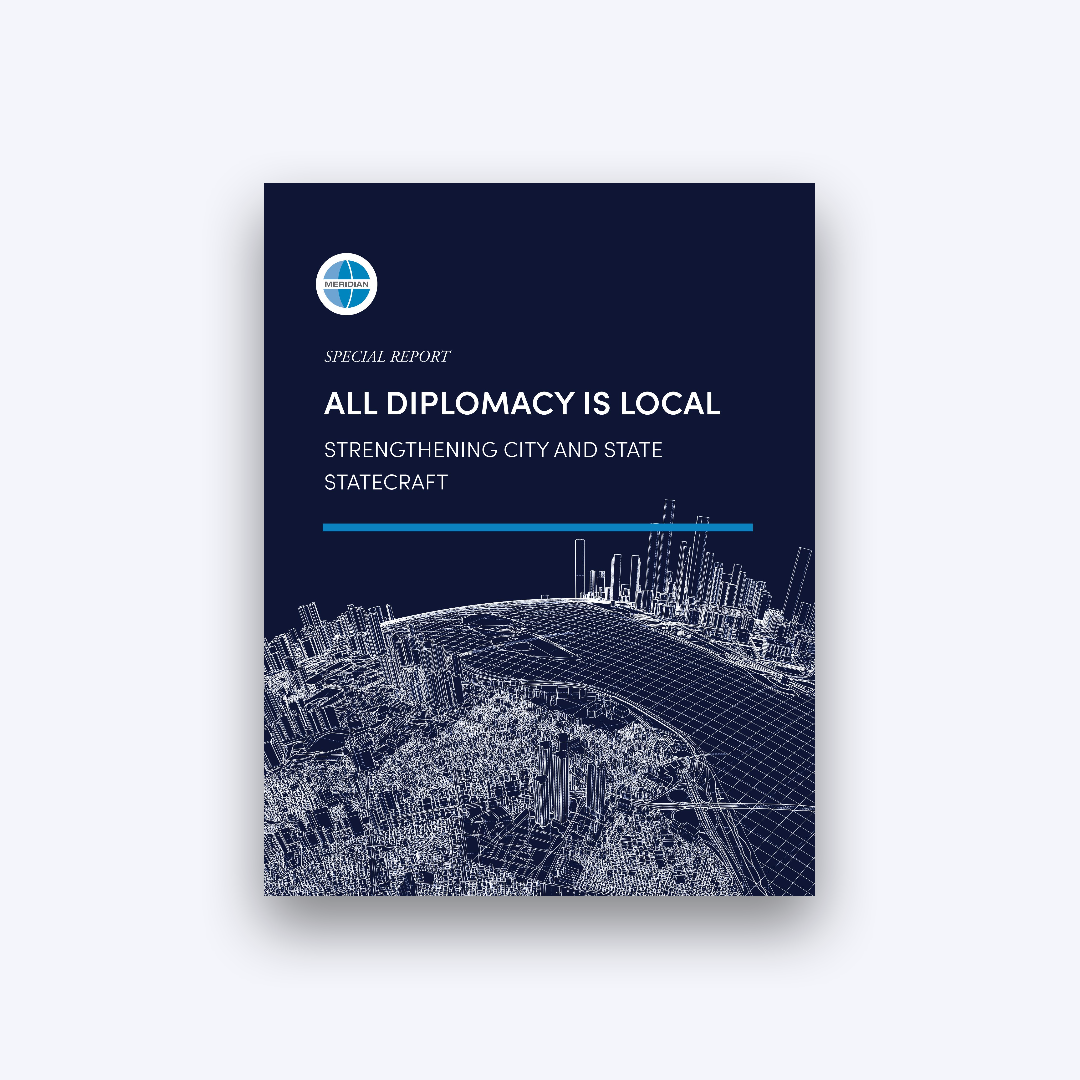The month of October in the U.S. is recognized as Filipino-American History Month and commemorates the arrival of the first Filipinos to North America. The following blog post was contributed by Keanu Gaite, Program Associate for International Visitor Leadership Program Collaborative Services at the Meridian Center for Global Leadership.
For most of my life, I have identified as Filipino. No hyphen. No Filipino-“American.” I would wear hats with “Pinoy” across the brim and shirts embossed with the Philippine flag, presents from titos and titas (also known as uncles and aunts) when they returned from trips to the islands.
But at some point, this cultural pride started to dim. I came to question how connected to my Filipino roots I actually was. I hadn’t been to the Philippines since I was an infant, and I was born and raised in the U.S. I’ve never ridden a jeepney, nor have I been to the town that my lola (grandma) had raised my mom and her five siblings. This identity conflict might be familiar to many children of immigrants and first-generation Americans. It is as if I’m too American to be Filipino, yet too Filipino to be American. The reality, of course, is that I’m both. Filipino and American.
In public diplomacy, this unique experience of growing up and living in two distinct cultures is an asset. Being able to share my experiences with exchange program participants adds nuance and depth to their perspectives of the United States.
And having grown up in a household that defaulted to English, questions that my Filipina mom asked me in Tagalog, her native tongue, were always answered in English, my native tongue. I’d grimace when other Filipinos would ask me, “Do you speak Tagalog?” because I would have to reluctantly answer, “No, but I can kind of understand it.” I’d detect a hint of disappointment, and the term “whitewashed” would sometimes come up.
In my hometown of Reno, Nevada, I’ve spoken about Filipino food, culture, and identity with Fulbright participants over a classic American meal at an In-n-Out Burger. I’ve also led a roundtable discussion for the International Visitor Leadership Program with U.S. National Guard officers and European defense officials on the importance of diversity, equity, and inclusion in the military.
Through sharing my story with international visitors here in the U.S. and with people I’ve met abroad, I continually break stereotypes of both Filipinos and Americans and expand minds of what an “average American” looks like. It is through these experiences that I and other children of immigrants not only deepen international visitors’ understanding of the U.S. but also highlight the value that we bring to the field as first-generation Americans.
















